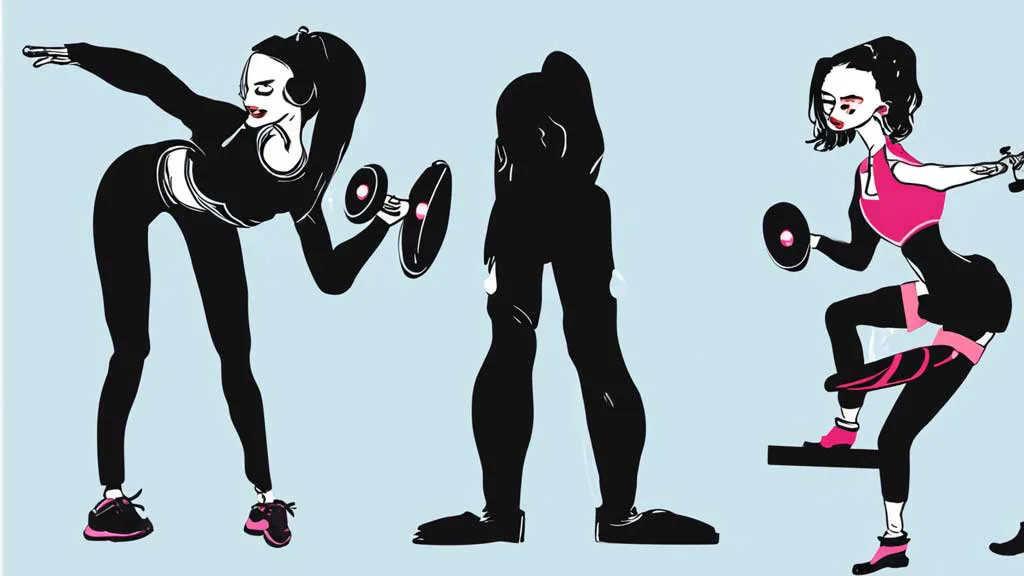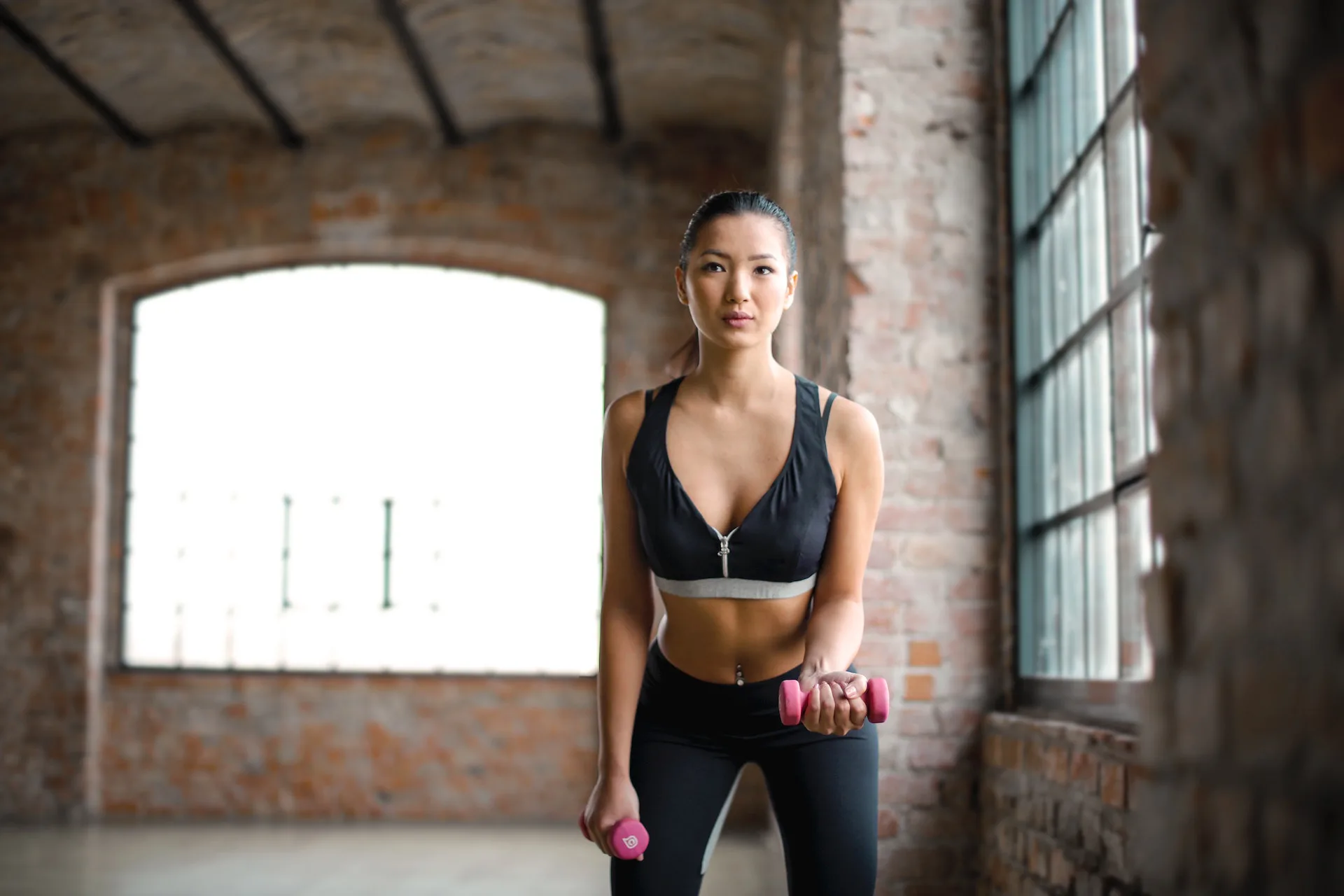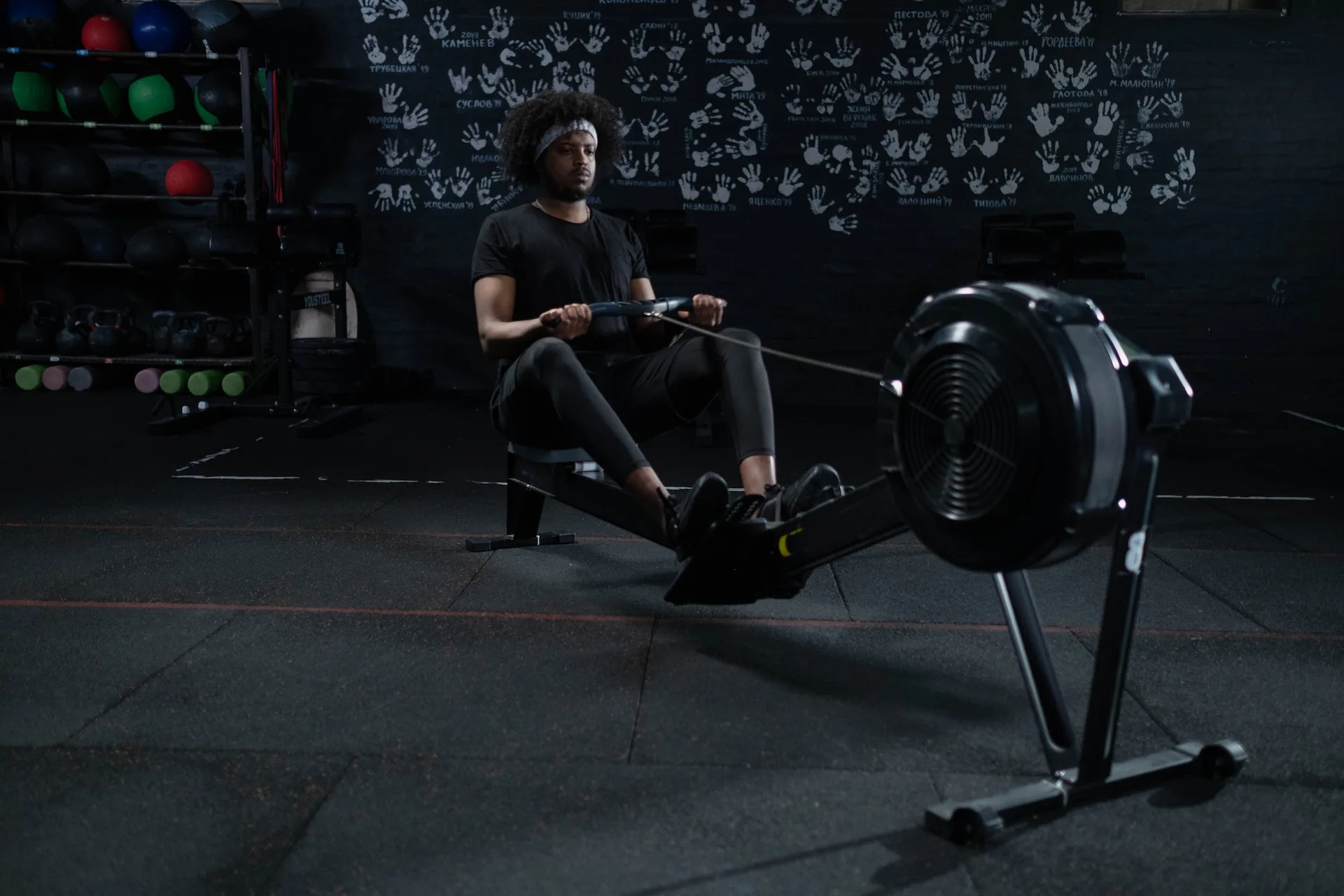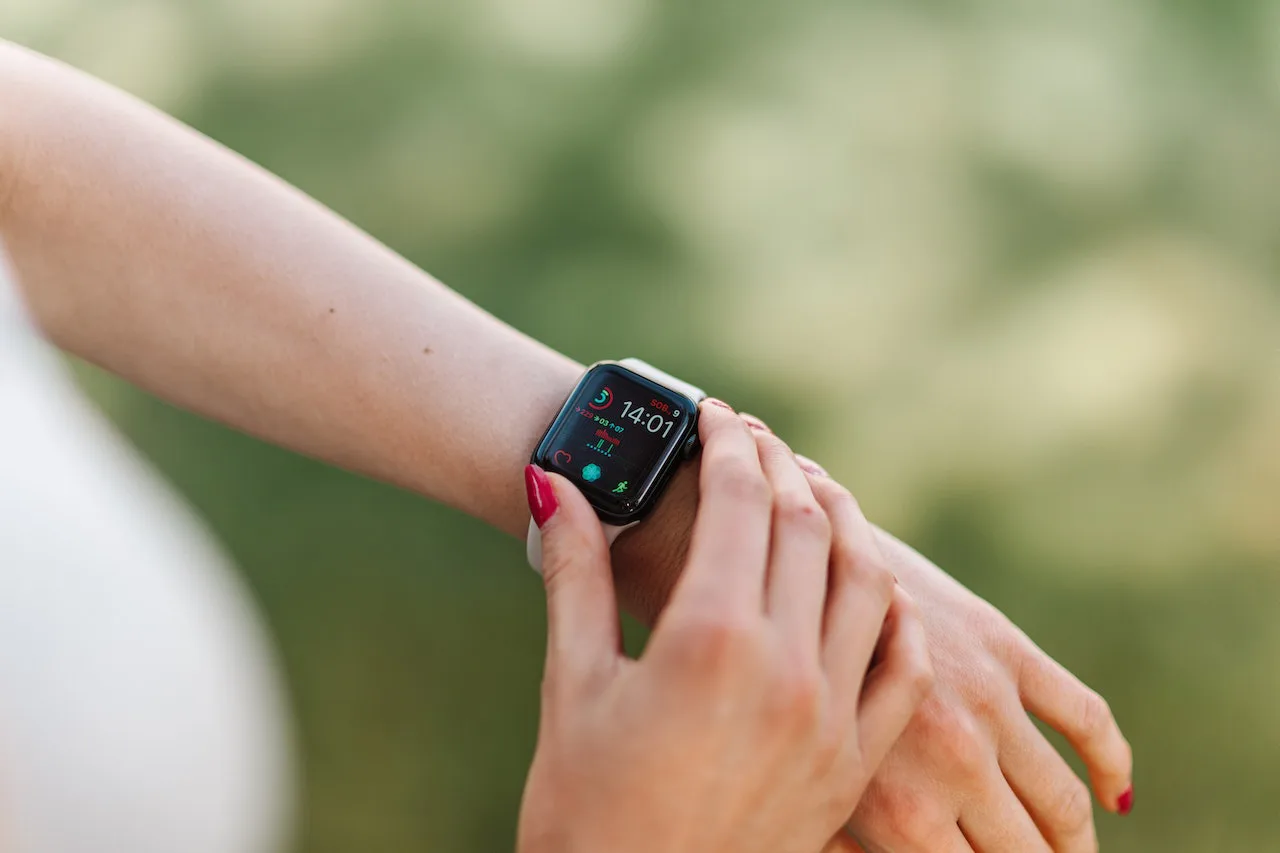Fitness and exercise play a crucial role in our overall health and well-being. Incorporating regular physical activity into our daily lives brings numerous benefits that extend far beyond just physical appearance. Here, we will explore the importance of fitness and exercise in more detail and show free bodyweight exercises.
Importance of Fitness and Exercise
In today’s fast-paced world, prioritizing fitness and exercise is crucial for maintaining overall health and well-being. Engaging in regular physical activity not only strengthens our bodies but also boosts our mental and emotional wellness. Bodyweight exercises, which utilize the resistance of our own body, offer a convenient and cost-effective way to stay fit and build strength. This comprehensive guide will take you through the fundamentals of bodyweight training, providing you with the knowledge and tools to embark on an effective fitness journey.
Understanding Bodyweight Exercises
Bodyweight exercises are forms of strength training that utilize the weight of our own bodies as resistance. They involve performing various movements and exercises that engage multiple muscle groups simultaneously. Unlike traditional gym workouts, bodyweight exercises require little to no equipment, making them accessible to everyone, regardless of their fitness level or budget.
The advantages of bodyweight training are plentiful. First, it allows for functional movements that mimic real-life activities, enhancing overall strength and mobility. Additionally, bodyweight exercises can be performed anywhere, whether at home, in a park, or while traveling, making them ideal for those with a busy lifestyle. Moreover, they promote natural movement patterns and balance, reducing the risk of injury.
There are common misconceptions surrounding bodyweight exercises, with some believing that they are not as effective as using weights or machines. However, research has shown that bodyweight exercises can be equally effective in building strength, muscle endurance, and improving cardiovascular fitness. By debunking these myths, individuals can fully embrace the benefits of bodyweight training.

Getting Started with Bodyweight Exercises
Before diving into bodyweight exercises, it’s important to assess your current fitness level. This will help you determine the appropriate starting point and progress at a pace that suits your abilities. Consulting with a fitness professional or taking a fitness assessment can provide valuable insights into your strengths and areas for improvement.
Setting realistic goals is essential for staying motivated and tracking progress. Whether you aim to increase overall strength, improve flexibility, or lose weight, having specific, measurable goals will help guide your workouts and provide a sense of achievement.
Creating a workout plan tailored to your goals and schedule is key to maintaining consistency. Consider factors such as the frequency of workouts, duration, and exercise selection. It’s recommended to include a combination of upper body, lower body, and core exercises to target different muscle groups and achieve a balanced workout routine.
Prior to each workout, it’s essential to warm up your muscles and prepare your body for exercise. This can involve dynamic stretches, light cardio, or mobility exercises to increase blood flow and flexibility. Similarly, a cool-down routine, including static stretching and gentle movements, helps promote recovery and prevent post-workout soreness.
Essential Bodyweight Exercises
Bodyweight exercises come in various forms, targeting different muscle groups and offering a wide range of benefits. Here are some essential exercises that should be included in your bodyweight training routine:
A. Squats: Squats are a foundational lower body exercise that targets the quads, hamstrings, and glutes. They help build leg strength and improve overall lower body stability and mobility.
B. Push-ups: Push-ups are an excellent compound exercise that targets the chest, triceps, and shoulders. They also engage the core muscles, promoting overall upper body strength and stability.
C. Lunges: Lunges work the lower body muscles, including the quads, hamstrings, and glutes. They help improve balance, stability, and functional leg strength.
D. Planks: Planks are a core-strengthening exercise that engages the abdominal muscles, lower back, and glutes. They help improve core stability and posture.
E. Burpees: Burpees are a full-body exercise that combines a squat, push-up, and jump. They provide a cardiovascular challenge while targeting multiple muscle groups simultaneously.
F. Mountain Climbers: Mountain climbers are a dynamic exercise that targets the core, shoulders, and legs. They also elevate the heart rate, making them an excellent choice for cardiovascular conditioning.
G. Jumping Jacks: Jumping jacks are a simple yet effective exercise that gets the heart pumping and engages the entire body. They are great for warming up or adding a cardio element to your workout.
H. Sit-ups: Sit-ups primarily target the abdominal muscles and help strengthen the core. They can be modified to suit different fitness levels and provide a challenging core workout.
I. Glute Bridges: Glute bridges target the glutes, hamstrings, and lower back muscles. They help improve hip stability, strengthen the posterior chain, and alleviate lower back pain.
J. Dips: Dips are a challenging exercise that targets the triceps, chest, and shoulders. They can be performed using parallel bars or a sturdy chair, providing an effective upper body workout.
Incorporating these essential bodyweight exercises into your routine will ensure that you engage major muscle groups and achieve a well-rounded workout. Remember to maintain proper form and gradually increase the intensity and difficulty as you progress.

Intermediate and Advanced Bodyweight Exercises
As you become more comfortable with bodyweight exercises and your strength increases, you can challenge yourself with more advanced movements. Here are some intermediate and advanced bodyweight exercises to consider:
A. Pistol Squats: Pistol squats are a single-leg squat variation that requires strength, balance, and flexibility. They target the quads, hamstrings, and glutes while enhancing stability.
B. Handstand Push-ups: Handstand push-ups are an advanced upper body exercise that targets the shoulders, triceps, and upper back. They require upper body strength and balance.
C. Muscle-ups: Muscle-ups combine a pull-up and a dip, requiring upper body strength and coordination. They engage the back, chest, shoulders, and arms, providing a challenging full-body workout.
D. One-Legged Burpees: One-legged burpees add an extra level of difficulty to the traditional burpee exercise. By performing them with one leg, you engage the core, glutes, and legs more intensively.
E. L-sits: L-sits are an isometric exercise that targets the core, hip flexors, and triceps. They help develop core strength and stability, requiring balance and control.
F. Plyometric Exercises: Plyometric exercises, also known as jump training, involve explosive movements to improve power and speed. Examples include box jumps, squat jumps, and tuck jumps.
G. Plyo Push-ups: Plyo push-ups are an advanced variation of the traditional push-up. They involve pushing off the ground explosively and clapping the hands before landing back in the starting position.
H. Advanced Plank Variations: Advanced plank variations, such as side planks, plank jacks, and plank rotations, provide additional challenges for core strength and stability.
Including these intermediate and advanced exercises in your routine can help you progress further and continue challenging your muscles as you advance in your fitness journey.
Creating a Bodyweight Workout Program
Designing a well-balanced bodyweight workout program is essential for achieving optimal results. Consider incorporating exercises that target different muscle groups and allow for adequate rest and recovery.
Determine the number of sets and reps based on your fitness level and goals. For beginners, starting with 2-3 sets of 8-12 reps is a good guideline. As you progress, you can increase the intensity by adding more sets, reps, or incorporating advanced variations.
Rest intervals between sets are crucial for recovery. Aim for 30-60 seconds of rest between sets to allow your muscles to recover without losing the momentum of your workout.
Tracking your progress is essential for monitoring your improvements and making necessary adjustments. Keep a workout journal or use a fitness app to record your exercises, sets, reps, and any modifications or advancements you make.
Staying Motivated and Overcoming Challenges
Maintaining motivation is key to sustaining a consistent fitness routine. Set short-term and long-term goals that are specific, measurable, achievable, relevant, and time-bound (SMART goals). This will provide direction and a sense of purpose to your fitness journey.
Finding accountability and support can greatly enhance your motivation. Consider joining fitness communities, participating in group workouts, or partnering up with a workout buddy to stay accountable and motivated.
Varying your workouts not only prevents boredom but also challenges your muscles in different ways. Explore new exercises, try different workout formats, or incorporate outdoor activities to keep your routine exciting and enjoyable.
Celebrate milestones and progress along the way. Recognize your achievements, whether it’s completing a challenging exercise, reaching a weight-loss milestone, or improving your overall fitness level. Celebrating your successes will fuel your motivation and inspire you to keep pushing forward.
The Power of Bodyweight Exercises
By incorporating bodyweight exercises into your fitness routine, you’ve taken a significant step towards embracing a fit and active lifestyle. Remember, fitness is a lifelong journey, and it’s essential to find enjoyment in the process. Bodyweight exercises offer a versatile and accessible way to build strength, improve flexibility, and enhance overall fitness. Whether you’re a beginner or an experienced fitness enthusiast, the power of bodyweight exercises can transform your physical and mental well-being. So, lace-up your workout shoes, find an open space, and let the journey to a fitter, stronger you begin!









